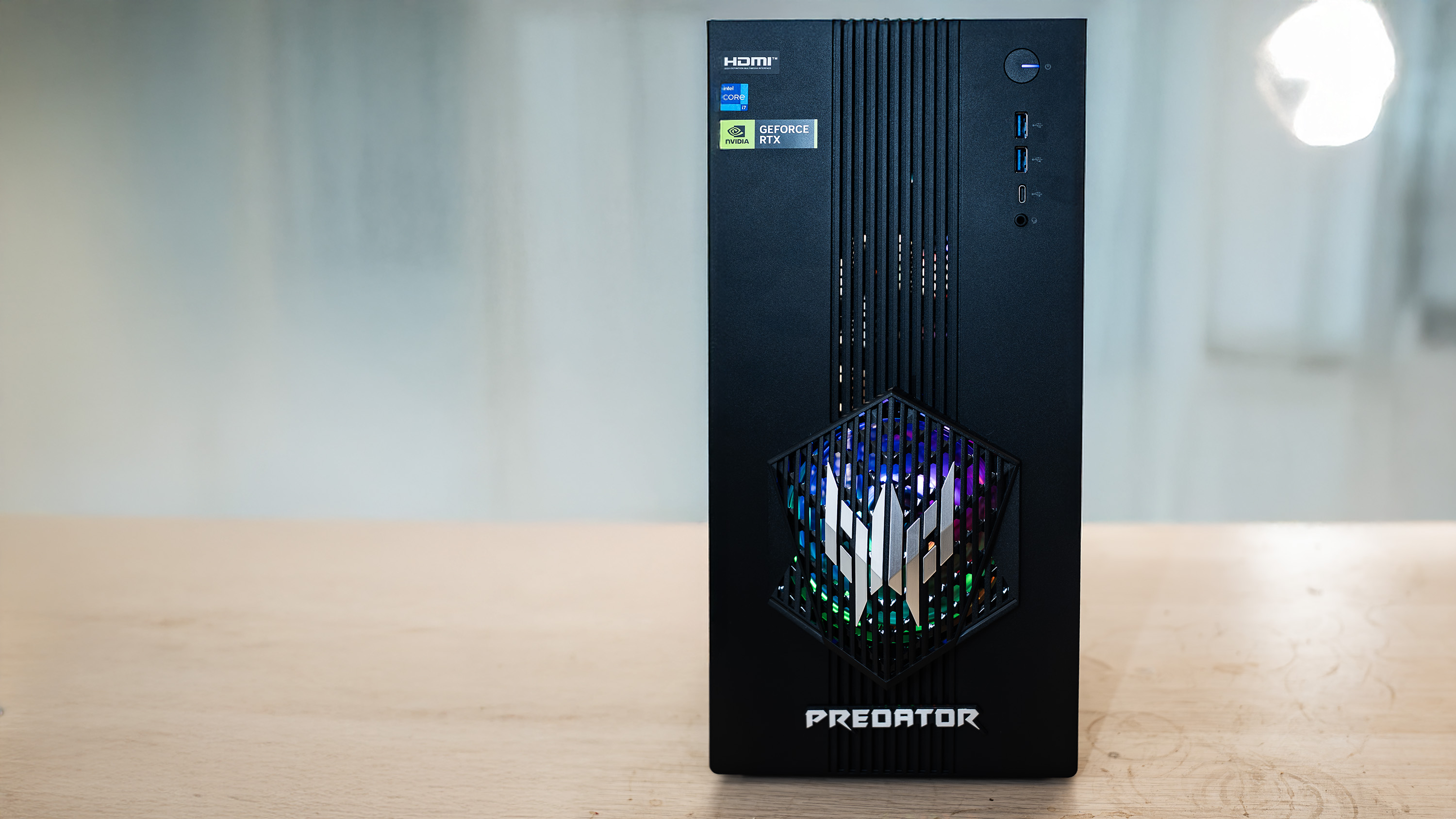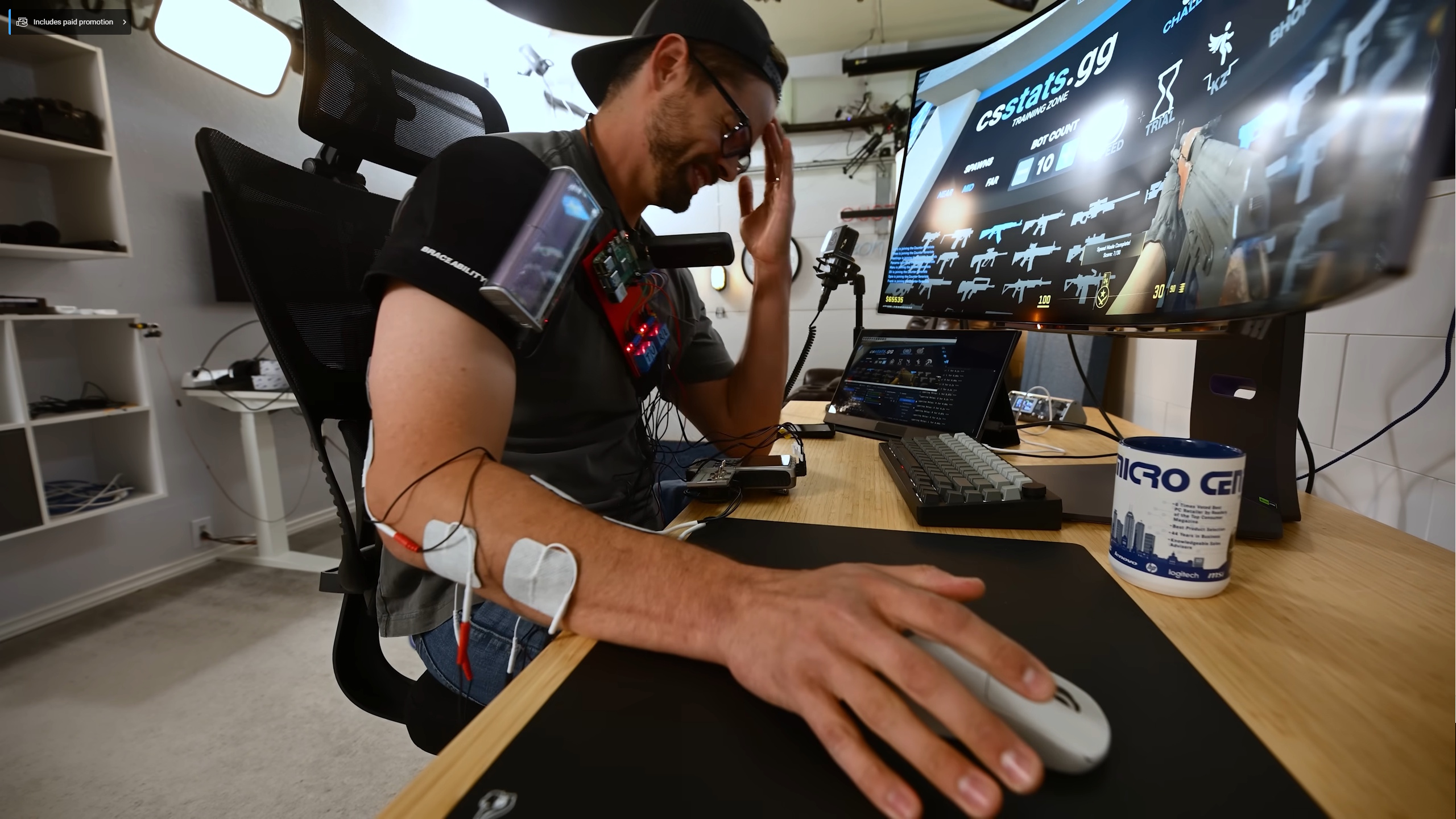
"It's not cheats", says YouTuber Basically Homeless to his Counter-Strike 2 compatriots. "... It's my muscles doing it." This, as the app he has set up with enemy detection code ported from bona fide cheats stimulates the electrodes attached to his body. The shocks contract his muscles to move his crosshair in the direction of enemy skulls when they appear in the detection radius. The result, ideally, is faster headshots.
Yes, this is "neuromuscular aim assist", and Basically Homeless spent a long time getting it up and running. The idea is pretty simple: have an app detecting on-screen enemies, have it send the direction of said enemies to a Raspberry Pi, and have that Raspberry Pi trigger electrodes to shock muscles that make the arm and wrist move in the correct direction.
The reason? To beat the "cracked-out young chaps" who have a reaction time of 150 ms or lower when playing Counter-Strike 2. The YouTuber's initial test showed his average reaction time to be 201 ms, which just wasn't cutting it for him.
So, he got to work on the neuromuscular electroshock device. The first steps were to get things nice and shockable, which involved using an EMS Tens (transcutaneous electrical nerve stimulation) machine connected to a Raspberry Pi. Then, he had to find the right muscles that move the wrist left or right when shocked, but that involved lots of repeated tests, which was a problem, because, "Personally, I find it unpleasant."
But after finding a more willing participant than himself, eventually he found the right muscles to use, so he could attach an electrode to the nerve as it enters the muscle and also along the muscle itself.
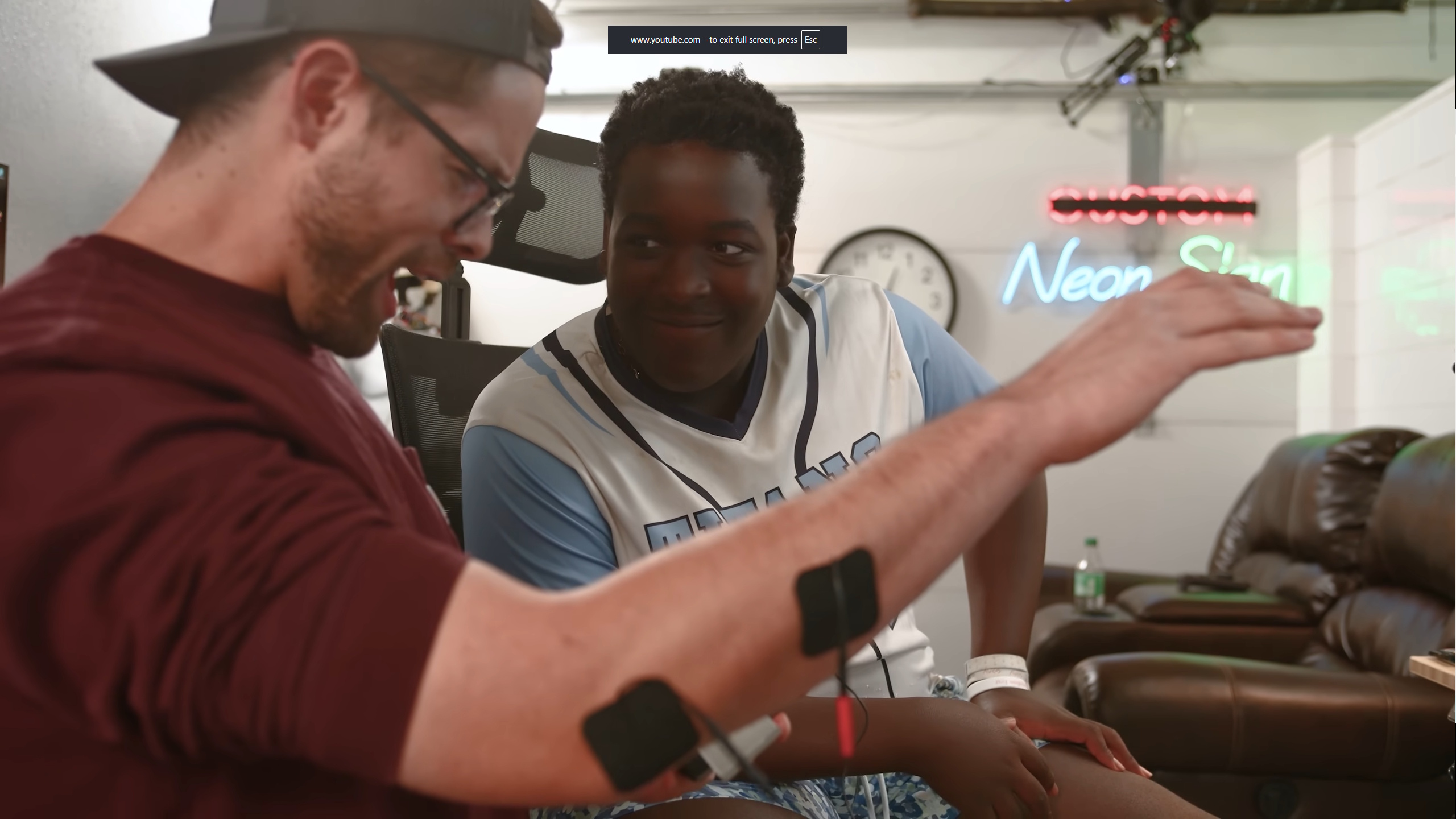
The apparatus was hooked up to a YOLO object detection app which, in this case, detected enemies in a Counter-Strike 2 aim training map. (For another, let's say, interesting aim-enhancing use of this algorithm, check out this mouse pad-moving Valorant aimbot.) After setting up some "emergency shut-off" switches, the setup was put to the test and found to work, albeit to the tune of many a pained cry, presumably because "it's like something [is] grabbing me."
The result was a very impressive 95 ms reaction time after the initial test, but a disappointing seven out of 30 enemies killed during the full aim training test.
Keep up to date with the most important stories and the best deals, as picked by the PC Gamer team.
One problem, Basically Homeless identified, is that the Raspberry Pi he was using sometimes took a while to respond. So, naturally and entirely understandably, he deemed that his entire setup could do with an upgrade. The Raspberry Pi was upgraded to a Pi 5, but more importantly, the PC was upgraded to one sporting an AMD Ryzen 9 9950X3D, a "pretty serious amount of RAM", an Nvidia RTX 5090, and an ultrawide monitor.
Once this beast of a rig was ready to go into matchmaking (to help alleviate shock-expectant muscle tension, supposedly), the neuromuscular aim assist setup first had to learn to distinguish friends from foes. So, after trying some bespoke solutions, eventually the YouTuber settled on using some of the YOLO code from existing cheats that do the same thing. Now it only shocked him into action when there's an enemy on screen, not a teammate.
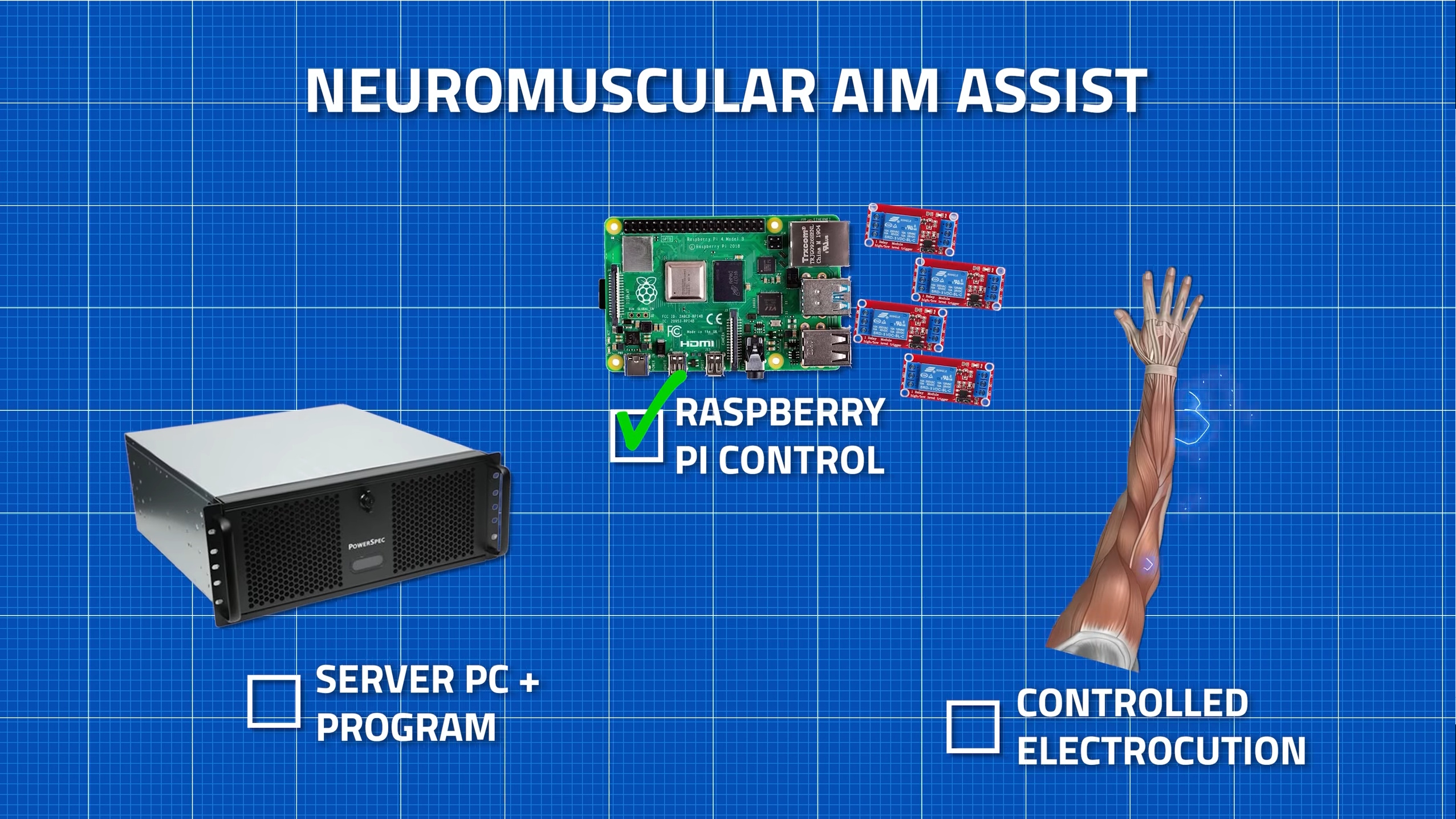
The final piece of the puzzle was to jerry rig a "neuromuscular trigger bot" into the setup: "I found the specific muscle that flexes my trigger finger, and then when the crosshair in-game goes over the enemy's head, it should click my finger for me."
The eventual result was about what you might expect: more pained cries—though less frequent, presumably as he'd gotten used to it—and the occasional noticeably better reaction time, especially against enemies that were peeking around hard-to-spot edges and corners and so on.
And lest anyone get the wrong idea, the YouTuber is adamant: "It's not cheats, you know what I'm saying? It's my muscles doing it." At least, that's what he told one teammate. The best time he had with it was with scoped weapons, as the neuromuscular aim assist "truly made it feel like I was just better than I actually was … It worked good."
I can't quite imagine what using this would actually feel like. He tells the audience, "At times it legitimately felt like a computer had control of my arm. And other times, I couldn't tell if I was being assisted or not." But while that makes conceptual sense to me, I can't quite picture the actual feeling that my arm is being controlled, especially just when enemies are on-screen. Maybe I'll have to get working on one myself. It's not cheating, after all… right?
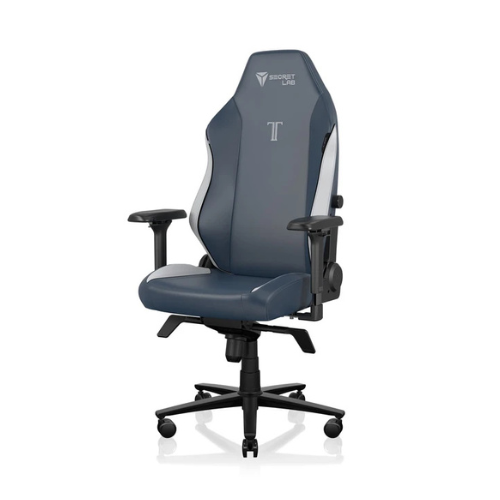
👉Check out our list of guides👈
1. Best gaming chair: Secretlab Titan Evo
2. Best gaming desk: Secretlab Magnus Pro XL
3. Best gaming headset: HyperX Cloud Alpha
4. Best gaming keyboard: Asus ROG Strix Scope II 96 Wireless
5. Best gaming mouse: Razer DeathAdder V3 HyperSpeed
6. Best PC controller: Xbox Wireless Controller
7. Best steering wheel: Logitech G Pro Racing Wheel
8. Best microphone: Shure MV6 USB Gaming Microphone
9. Best webcam: Elgato Facecam MK.2

Jacob got his hands on a gaming PC for the first time when he was about 12 years old. He swiftly realised the local PC repair store had ripped him off with his build and vowed never to let another soul build his rig again. With this vow, Jacob the hardware junkie was born. Since then, Jacob's led a double-life as part-hardware geek, part-philosophy nerd, first working as a Hardware Writer for PCGamesN in 2020, then working towards a PhD in Philosophy for a few years while freelancing on the side for sites such as TechRadar, Pocket-lint, and yours truly, PC Gamer. Eventually, he gave up the ruthless mercenary life to join the world's #1 PC Gaming site full-time. It's definitely not an ego thing, he assures us.
You must confirm your public display name before commenting
Please logout and then login again, you will then be prompted to enter your display name.


